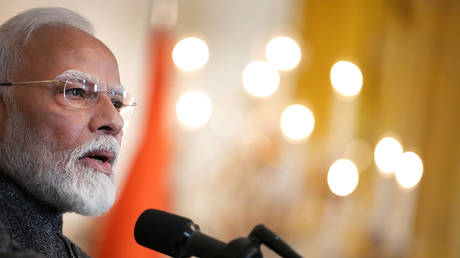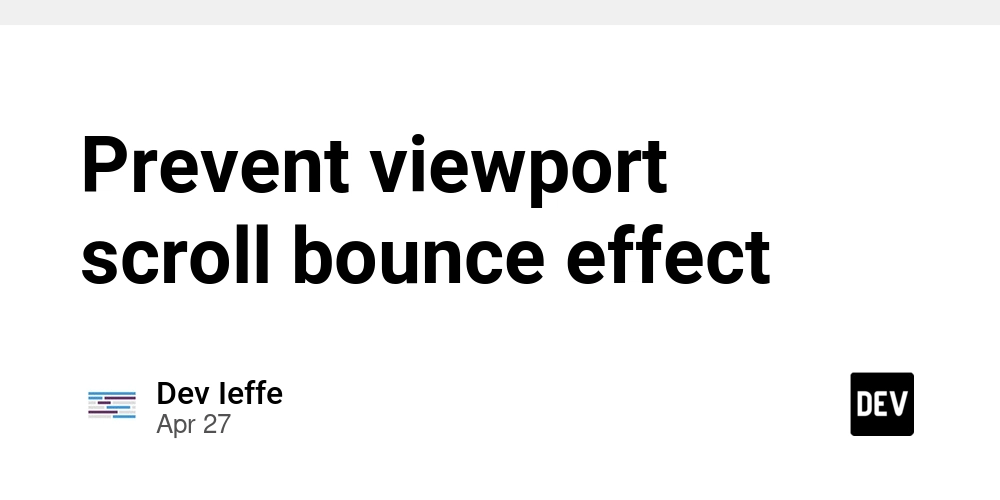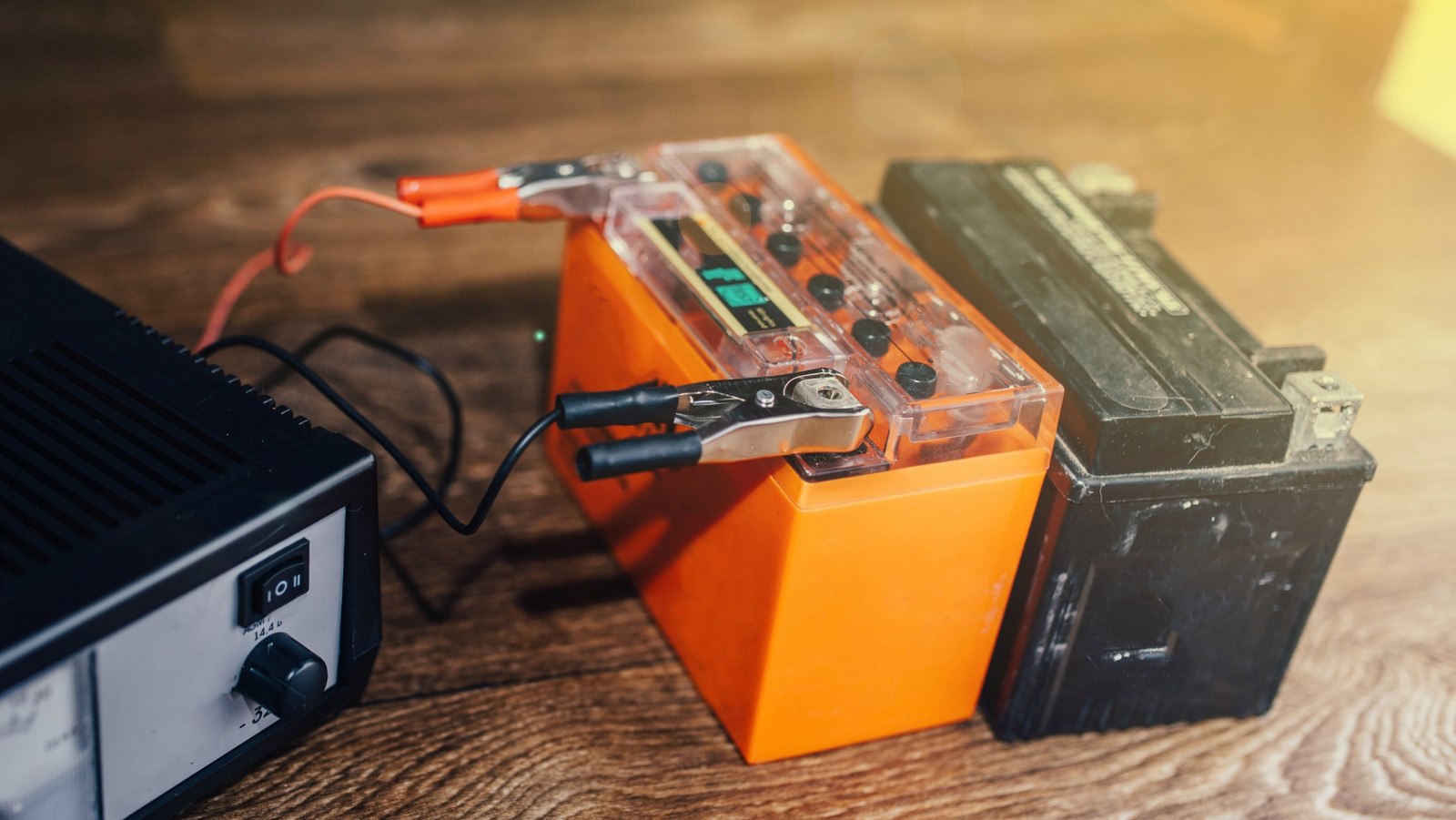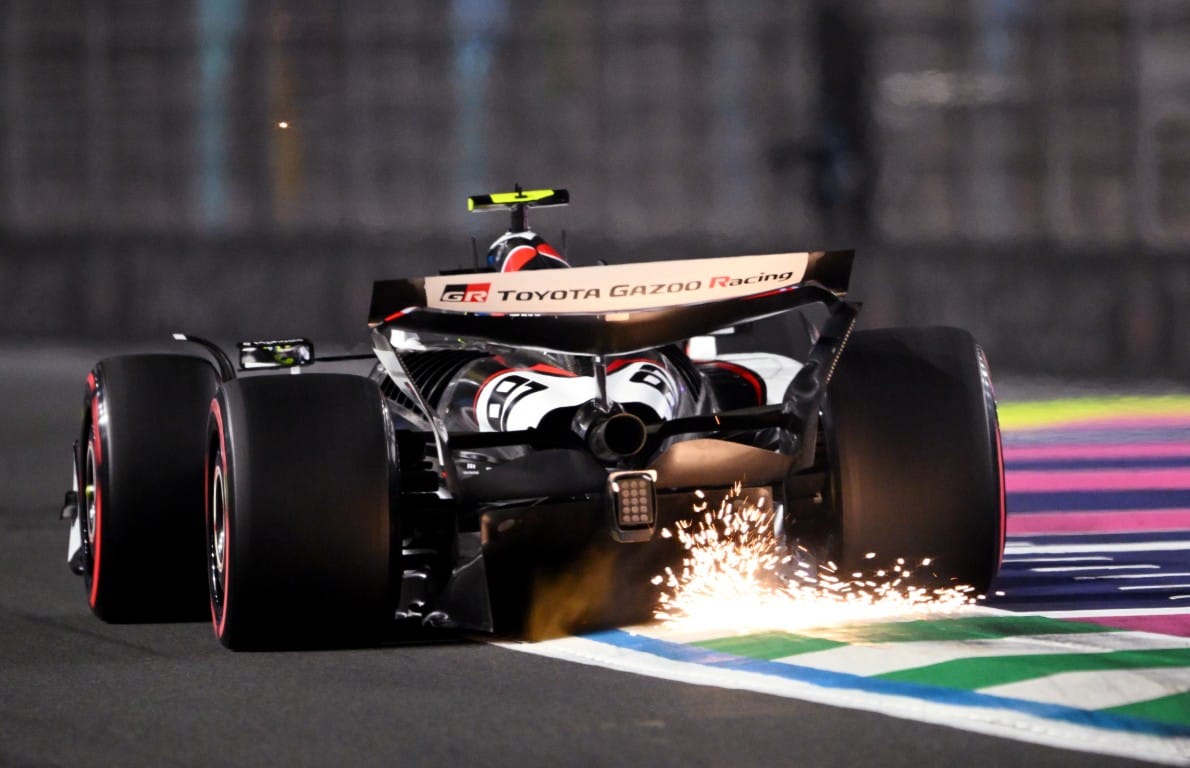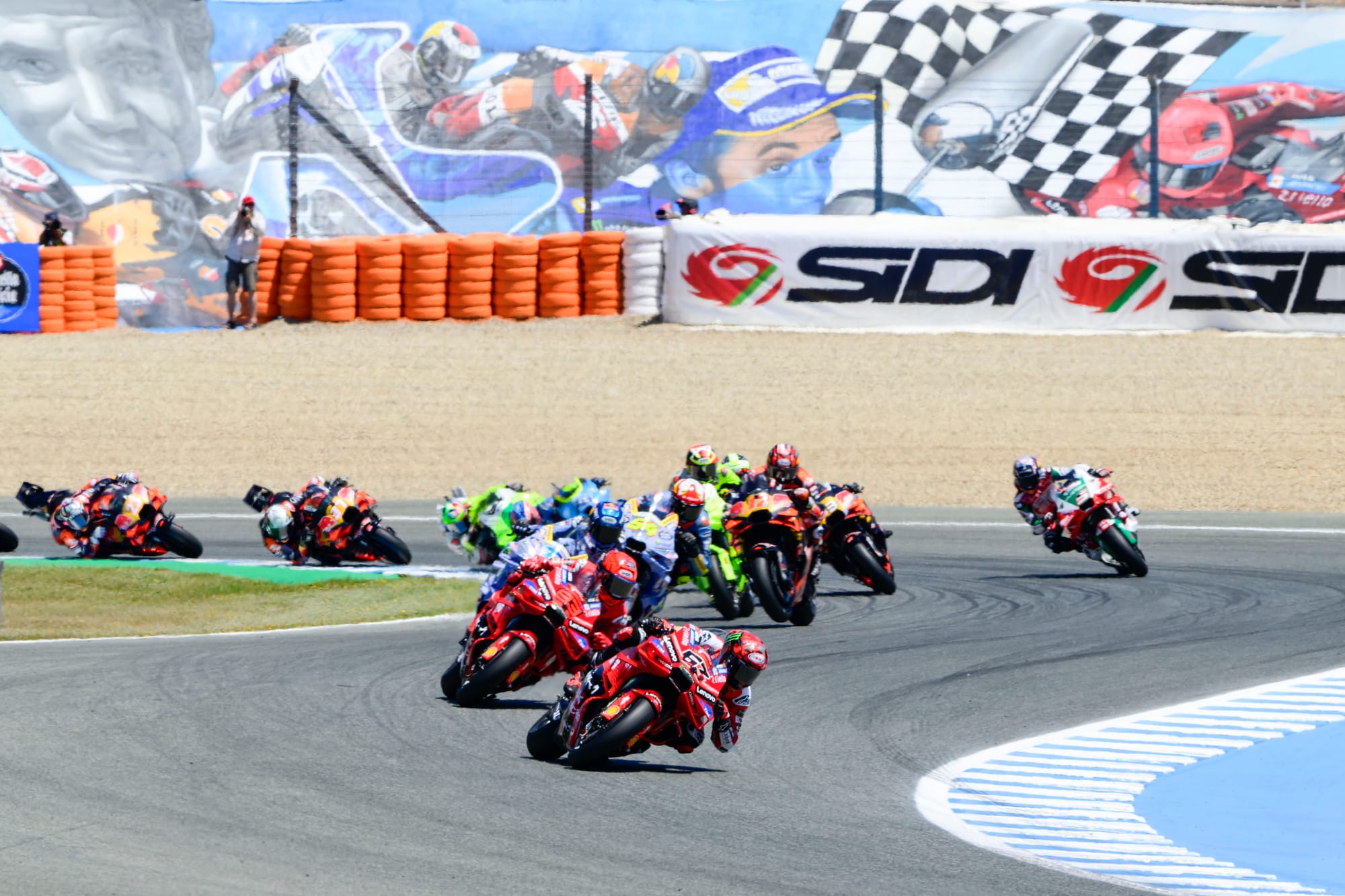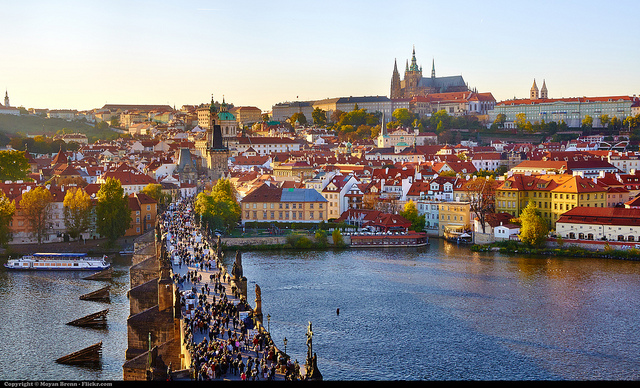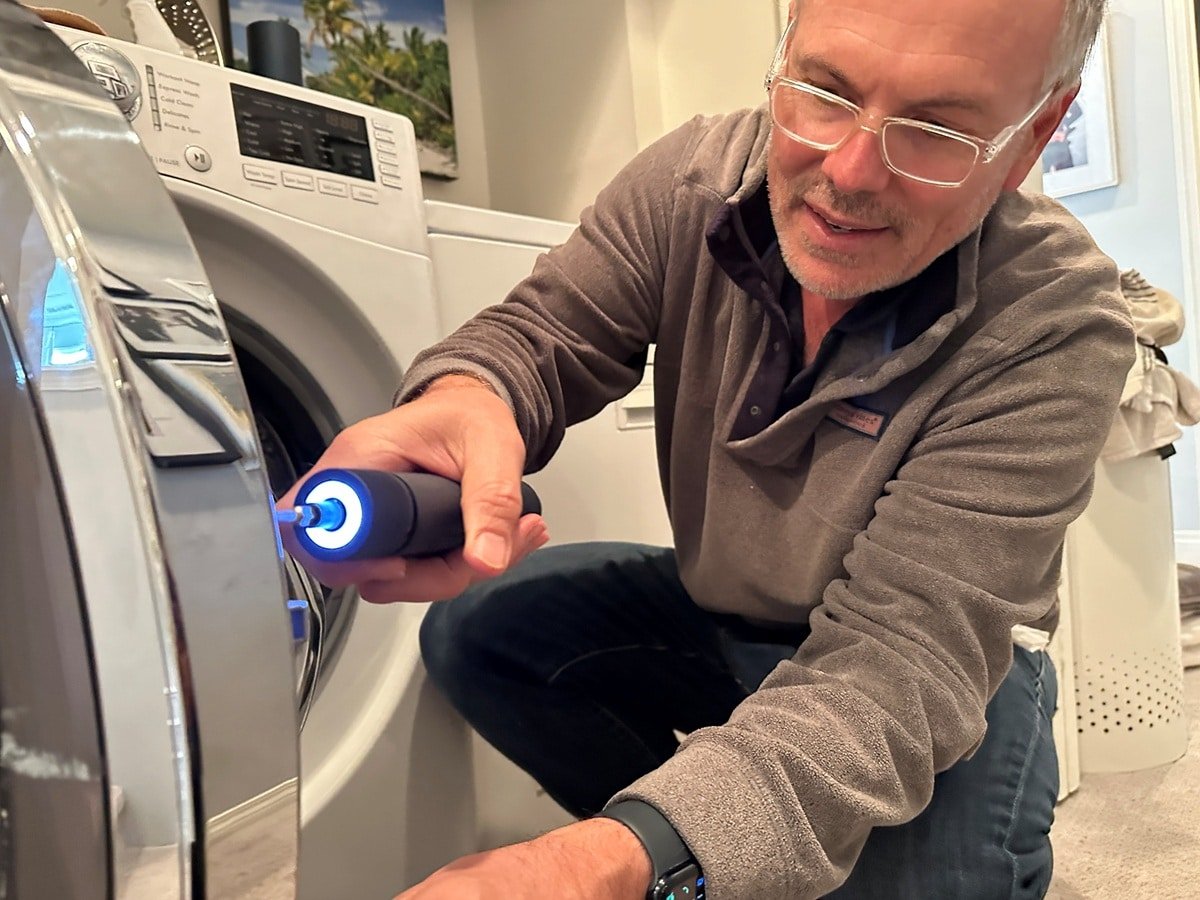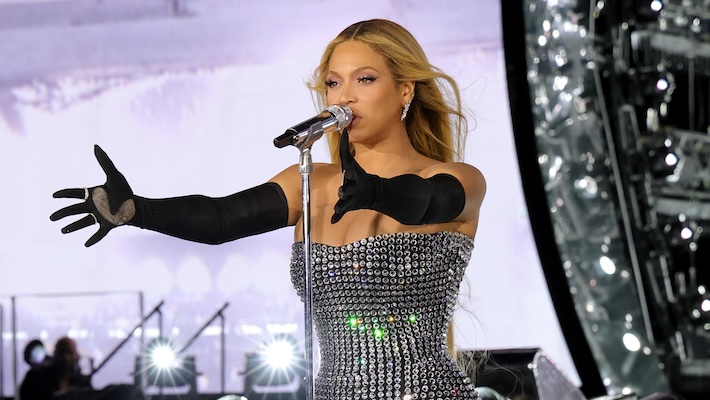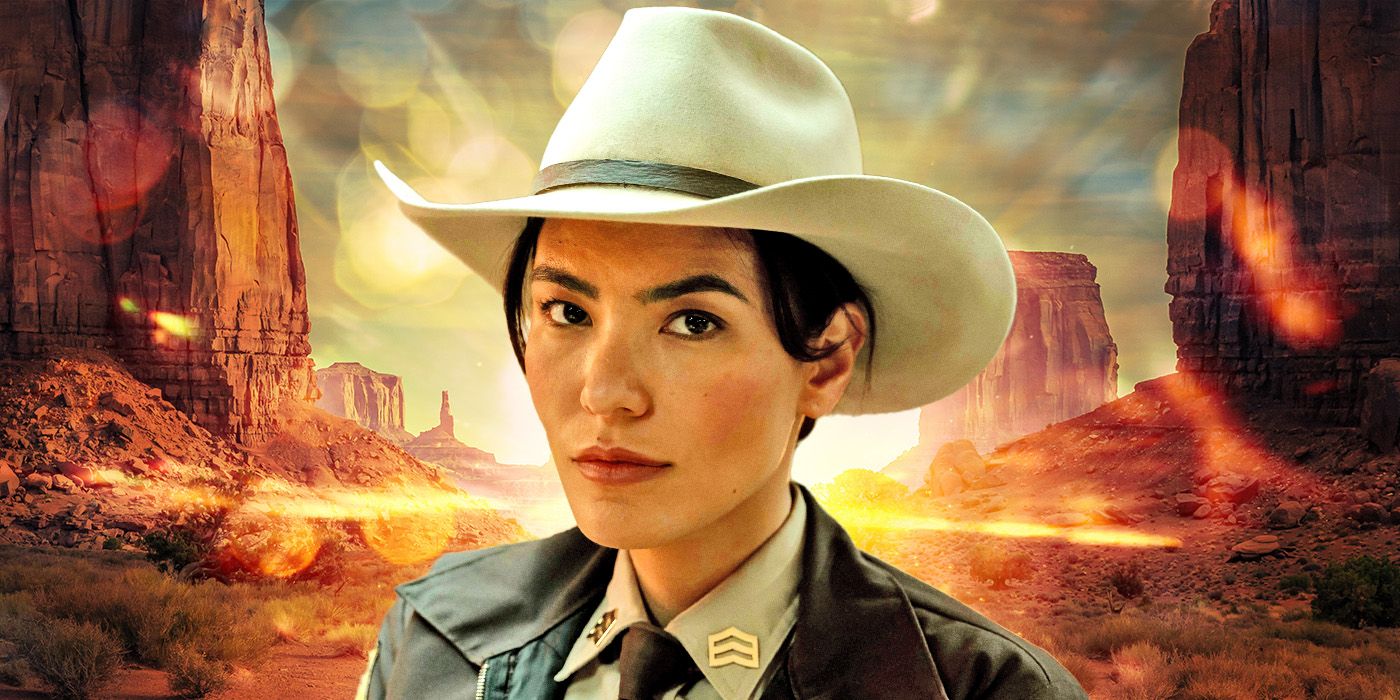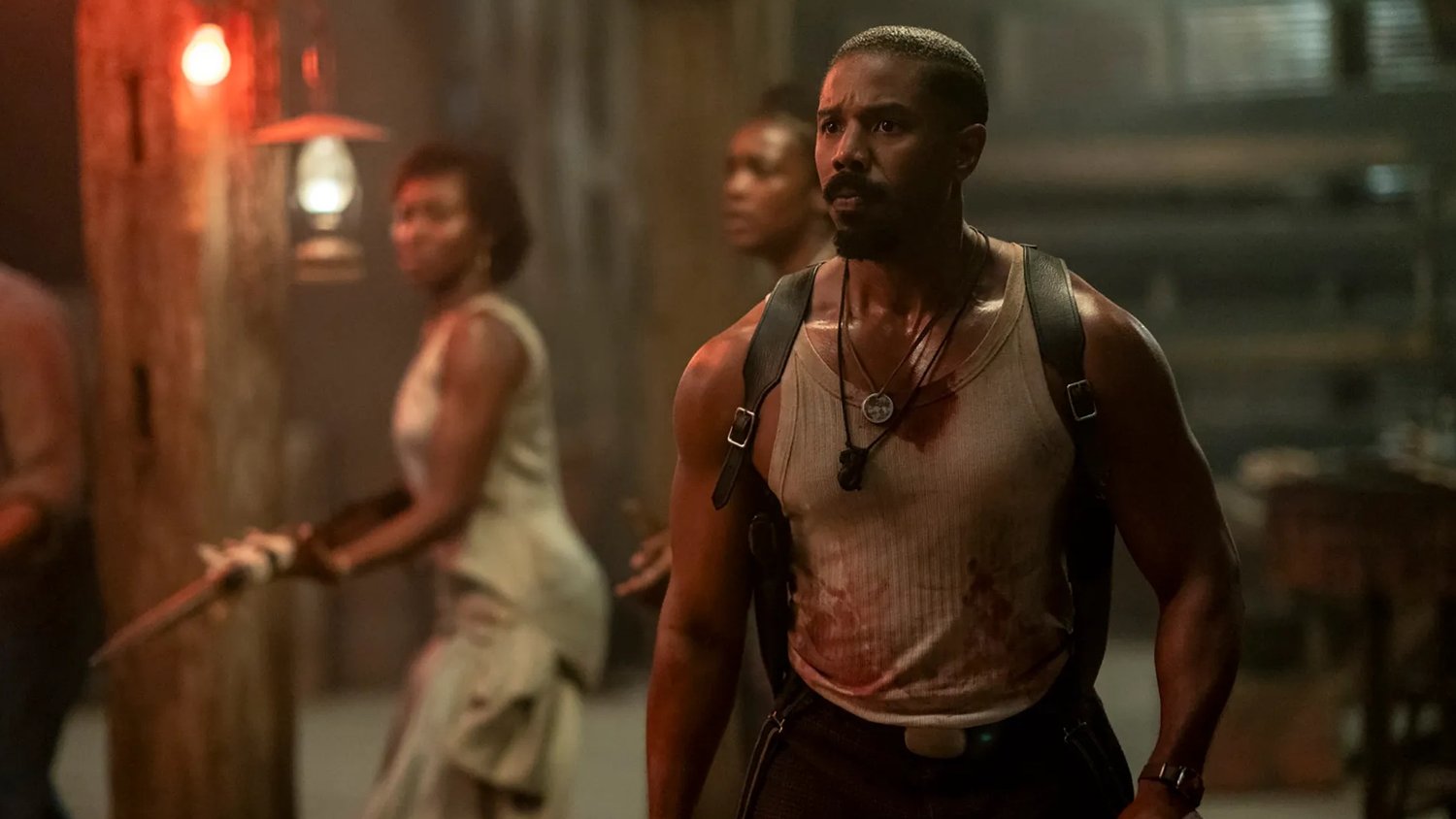What Happened to the RoboCop TV Series?
The What Happened to This Horror Movie series looks at the sci-fi action TV series based on the classic film RoboCop The post What Happened to the RoboCop TV Series? appeared first on JoBlo.
What do you do when you’ve just tanked a hit franchise by turning an R-rated movie world made for adults into wacky kids flick? Who, by the way, were already into it as it was? Well, obviously, you’re going to take that same franchise and turn it into a TV show also intended for family audiences. Then you’re going to air it at night when kids aren’t watching. If you’ve ever wondered what RoboCop would look like as a TV show that kept the aesthetics and even some of the satire but replaced the interior with more of a Power Rangers vibe? Well, we’ve got over sixteen hours of it to talk about. And every one of them is available on Tubi right now. Here’s the story of how they got there. This is What Happened to the RoboCop TV Series.
After the aforementioned unfortunate situation that was RoboCop 3, among other poor investments, Orion Pictures were in dire financial straits. This required them to go after a quick influx of cash that included selling the TV rights to RoboCop. The rights were sold to Canadian company Skyvision Entertainment in May of 1993. Their plans involved taking popular movie IP and expanding it into TV movies and shows. They would later do the same with Universal Soldier, creating a pair of hauntingly atrocious television films starring Gary Busey and Burt Reynolds. Skyvision handed Orion pictures half a million dollars for the rights and went on to create twenty-two forty minute episodes and a pilot over an hour and a half long. The pilot titled “The Future of Law Enforcement” had a budget of $5 million while each episode after carried a price tag of an average of $1.2 million dollars each. Each episode would take an average of eight days to film in Toronto and Ontario where they recreated the streets of “old Detroit” and the OCP Headquarters.
The result is a very awkward, yet intriguing situation to take in. For insight into the studio’s headspace, look no further than Executive Producer Stephen Downing. Downing had previously produced the very succesful MacGyver television show and saw RoboCop as the same kind of character. Which, I mean, he’s not. AT ALL. But it worked for the studio, who wanted a product they could air on television. Family television. Not late night HBO or even Skinemax. They were going to have to tone it down one way or another. So where MacGyver would use his wit to escape a tough situation… RoboCop would use his to do the same. Without killing anyone. Ever. Rather than shooting gigantic holes in bad guys with the hilariously large and awesome gun that lives in his leg; he now used the gun for things other than mere bullets. It now had various settings that would fire things like tracing equipment, explodable hockey pucks, and inflatables to either trap bad guys in their environments or stop them from escaping through a doorway. He’d still fire bullets from time to time but only at other weapons or inanimate objects.
It’s mostly just as silly as it sounds. But the show’s budget did provide for some pretty sweet action moments regardless. Multiple sequences throughout feature impressive car chases, explosions, and special effects. Sure, the computer effects are hilariously outdated today. But the old school action technique rings true. The dialogue was often silly or corny, especially when it came to the Batman Forever like villains. But still, when it came to the looks, sounds, and feel of the RoboCop world Verhoeven and company had created, the production understood the assignment in more ways than perhaps given credit for. One thing that is very nice about the show is that they managed to keep a surprising amount of Verhoeven’s aesthetics. Such as his vision dashboard and the analog lines through it or the way the mechanics of it worked. It also features some futuristic upgrades such as a built in lie detector that lets him know if someone is on the up and up based on the stress levels in their voice.

Each episode would start out with the newscasters promising us that “You give us three minutes; we give you the world!” followed by some (at times) pretty funny satirical content that would often tie into that nights episode. It’s far tamer than the R-rated versions it’s born of but still somewhat endearing. It’s as if you were to play a kids version of Grand Theft Auto: Vice City scrubbed of any unpleasantries. It’s not exactly what you want but it provides some interesting nostalgia. That’s not to say the show was only geared towards children. There are some adult themes at play here under the surface. Storylines about cultish church groups, corporate greed, and more. In the pilot episode a couple of corporate douchebags meet up to “Sexercise”. An act in which they simply work out feverishly in sexual attire and the camera places itself subjectively to make it look like they’re doin’ it. There’s almost no violence or sex in the show. But the RoboCop TV Series is far more The Sandlot than it is The Buttercream Gang.
The pilot, directed by seasoned TV vet Paul Lynch with various directors following him afterward, let’s you know exactly what you’re in for. The script was adapted from an unused RoboCop 2 script by RoboCop writers Edward Neumeier and Michael Miner. Originally titled RoboCop 2: The Corporate Wars, it was a very rough, quickly thrown together script halted by a writer’s strike and therefore never touched up. In the script, RoboCop kills a handful of bad guys amid a large display of neon Christmas decorations. Afterwards, one of them, named Weasel, manages to fire a cannon at RoboCop, blowing him to smithereens. This takes him offline for twenty five years when he is awoken to a future with android prostitutes. Obviously they don’t use that here. But they do use trickery to blow Robo up with a large weapon, taking him offline and out of the pilot for a bummer chunk of its running time.
The series takes place a few years after the original and for the most part ignores RoboCop 2 and 3. The show only had the rights to Alex Murphy, so they basically just renamed everyone else. Robo still has his female partner in Yvette Nipar’s portrayal of Officer Lisa Madigan; As well as his Police Sargeant, now called Stanley Parks and played by Blu Mankuma. It’s the kind of legal side stepping the Friday the 13th franchise probably could have probably used during their rights issues. The same maneuvering takes place with everyone from the (now less evil and more naïve) CEO of Omni Corp to Murphy’s wife and son. The music and iconic theme song are even mostly the same, with slight variations here and there.
The villains are where the series truly jumps the proverbial shark. Many of which show up in the pilot and end up as recurring characters. Starting with “Pudface” Morgan, played by James Kidnie. A disfigured bad guy who blames RoboCop for a horrific disfigurement that left him looking like one Minecraft Commoner after a BBQ accident. Based on the disfigured character of Emil from the original film. He’s pretty hokey and seems more like a character out of Eerie, Indiana or Goosebumps than the Robo-verse. Then there’s the mad genius villain, Dr. Mallardo, played excitedly by Cliff De Young. The paranoid psychopath with a 210 IQ has his moments where he’s entertaining in a Jim Carrey Riddler sort of way. But is often annoying. There are more villains throughout but they all come across as sort of a Rita Repulsa-type. They’ll hatch a new plan to take over Delta City or Old Detroit and RoboCop will show up and bonk them on the head. Everyone learns a lesson.
Speaking of Power Rangers comparisons, the show even has its own Zordon. Andrea Roth plays Diana Powers; An OCP secretary who is murdered in the pilot episode by Dr. Mallardo so that he can use her brain for an AI meant to run Delta City. He succeeds in part. She’s now a “woman in the machine”. But Robo saves her digital imprint and she ends up as a reoccurring hologram-friend, helping him out with any cyber issues. Much like the relationship between Halo’s Master Chief and Cortana. It’s kind of silly and awful. But again, can be endearing in the right spots.
The studio continued to reach out to a younger demographic by again recruiting kid actors into major roles. First, there’s eight or nine year old character of “Gadget” played by Sarah Campbell. She is a ward of the state who hangs around the police station as a mascot of sorts before she’s adopted by the less screamy and more kind hearted Sargeant Parks. Then there’s RoboCop’s own son, Jimmy, played by Jordan Hughes and of course RoboCop’s wife Nancy, played by Jennifer Griffin. His wife and son again think Alex Murphy was killed in action and don’t know that he’s RoboCop. He chooses to protect them from afar without letting them know the dark truth. The writing gives him plenty of opportunities. Whether Jimmy is being recruited into a gang or finding out his wife and son are living off welfare.

The studio had hoped they could arrange an agreement with original RoboCop actor Peter Weller but for unknown reasons (likely money) a deal could not be reached. They asked RoboCop 3’s Robert Burke, who declined as well. The studio held auditions and came across Daytime Emmy winning actor Richard Eden. Eden did an admirable job with the voice of RoboCop and though sometimes a bit clunky, even the movements. But if we’re being honest… his face was a f*cking nightmare under that helmet. Handsome guy and all. But the makeup FX were haunting. Eden was given Weller’s RoboCop 2 suit to film in with a few minor alterations to make it fit. The suit ended up at almost a hundred pounds to wear after the alterations but on the bright side the new gun was lighter and easier to maneuver. And RoboCop was given a badass Ford Mustang to drive around the Canadian streets of Detroit to replace the classic Ford Taurus model.
Throughout the episodes you’ll see Robo deal with some pretty interesting situations. The second episode features a group of nutbag religious televangelists trying to take him out, leading to him being framed for their hot tub murder. Another episode has him teaming up with his retired police captain father to stop a nuclear war. There’s even some nice Verhoeven-isms with a few episodes that poke fun of how insane consumerism had become. Such as an episode where RoboCop has to prove a man innocent before he executes himself on a live TV game show. But perhaps no moment is more memorable than in episode fourteen: RoboCop vs Commander Cash. Rowdy Roddy Piper of all people plays a psychopath who believes he is the superhero Commander Cash. He takes on the persona and the ridiculous suit, as well as his sayings about “Cartoon Law”; using them to incite children to riot and steal toys from toy stores. He ends up teaming up with RoboCop in a most entertaining episode that also speaks to the way consumerism was used as a weapon against kids in the material 90s. If that doesn’t scream RoboCop, I don’t know what the f*ck does.
The series had its own unique intro that felt something like one of the 90s Star Trek episodes. Leading into a Law and Order like title introduction. When the lesson was learned and the bad guy taken into custody, the ending of later episodes featured a power ballad by Joe Walsh and Lita Ford titled ‘A Future to this Life’. This along with snippets from the awful, awful music video that featured RoboCop staring at them confused. An action figure set was of course released by a company called Toy Island. The set had everything from a Field Ambulance to a Cryochamber playset and featured GI Joe sized miniature characters from the show. Later, they released a Power Glow series that featured some pretty sweet packaging. All of this may be a danger to your wallet should you dare to venture to Ebay to check it out for yourself.
The show very clearly was quite ambitious and had good intentions. But they also never had much of a sense of who in the hell they were marketing to. The highlights of the show was everything wrought from the original two films. From the awesome cyber punk aesthetic to the music and the cheeky corporate/media satire. The lowlights came when they attempted to turn the show into Full House or Family Matters. The ratings and reviews were terrible and the show only lasted the one season, despite the production hoping to continue for another season.
Though the show has had a myriad of hard to find and confusing physical media releases (including a release of the Pilot episode as RoboCop 4: Law & Order); The good news is you can find the entire run in pretty decent quality on both Amazon Prime and Tubi currently. It’s not up to snuff for what the franchise could have been. But when it comes to a wholesome, sometimes badass nostalgia? You could do worse if sick in bed, on a long flight or cleaning the house. It’s something worth checking out for super RoboCop fans. And that, my friends, is What Happened to the RoboCop TV Series.
A couple of the previous episodes of What Happened to This Horror Movie? can be seen below. To see more, head over to our JoBlo Horror Originals YouTube channel – and subscribe while you’re there!
The post What Happened to the RoboCop TV Series? appeared first on JoBlo.




